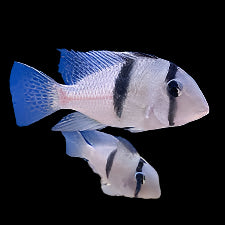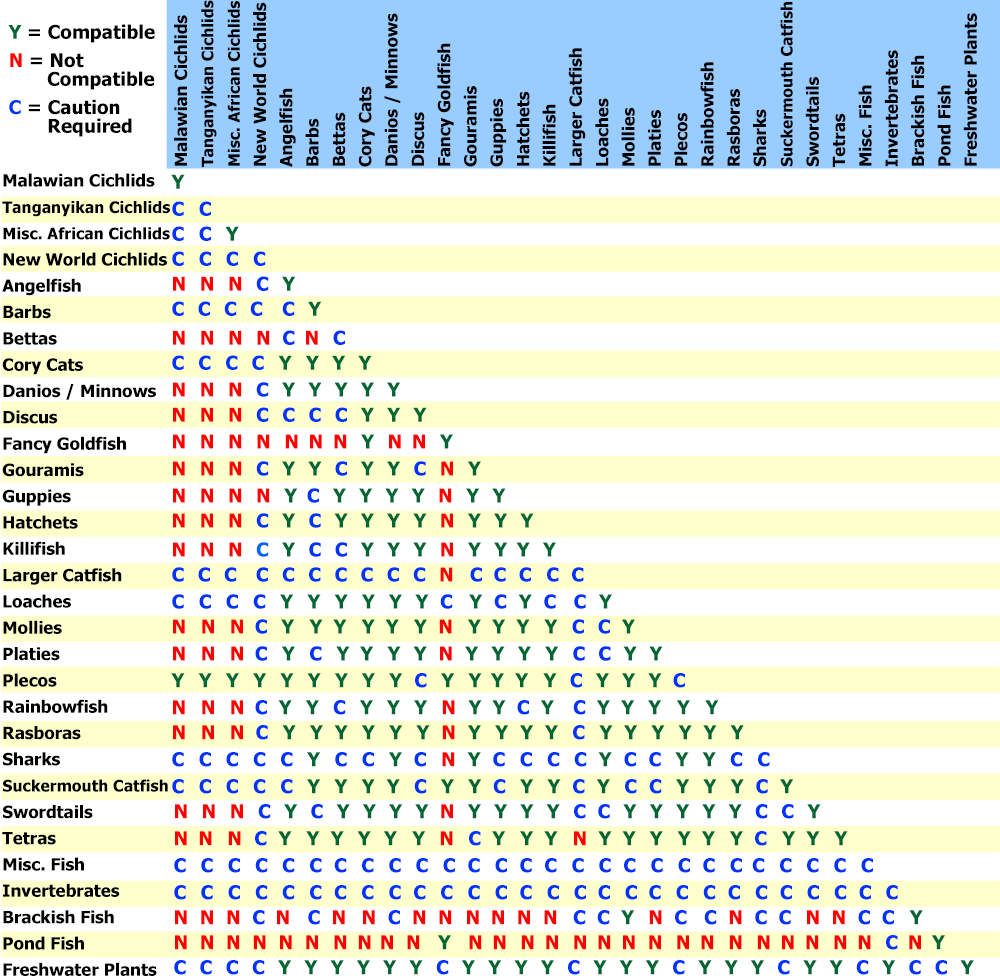Description
Guianacara dacrya – Graceful Beauty from the Guiana Shield
The Guianacara dacrya is a rare and elegant South American cichlid, native to the clear, flowing waters of the Guiana Shield region. Known for its streamlined body, soft golden tones, and striking dark facial markings that resemble teardrops, this species brings subtle sophistication and natural charm to any freshwater aquarium.
Guianacara dacrya is a peaceful, moderately sized cichlid that thrives in groups and enjoys well-structured tanks with sandy substrates, driftwood, and gentle water flow. It exhibits fascinating social behavior, especially when kept in small groups or pairs, and adds life and character without dominating the tank.
Key Features:
-
Coloration: Pale gold to tan body with a distinctive dark tear-shaped mark near the eyes and faint vertical bars
-
Temperament: Peaceful and social—ideal for community or biotope tanks
-
Size: Grows up to 4–5 inches
-
Tank Requirements: Minimum 40 gallons with soft, slightly acidic water, open swimming space, and hiding areas
-
Diet: Omnivorous—enjoys high-quality pellets, frozen/live foods, and plant-based options
-
Compatibility: Great with other peaceful South American species such as tetras, Corydoras, and smaller cichlids
With its graceful presence and unique markings, the Guianacara dacrya is a refined and rewarding choice for aquarists seeking a calm, community-friendly cichlid with natural elegance.
Click & Collect
Livestock will only be bagged once you arrive, or if you contact us in advance to request it ready beforehand.
Local Delivery
Order anything from our in-store range and have it delivered right to you.
-
Minimum spend: £50
-
Delivery up to 10 miles: £10
-
Delivery up to 25 miles: £20
Distances are measured “as the crow flies”, not by road.
Once your order is placed, we’ll be in touch to arrange a suitable delivery date and time.
Please note, delivery may take a little longer as we often group orders together to build an efficient delivery run.
Important: If you’re ordering a large aquarium, please ensure someone is available to help unload the van on arrival.
Dry Goods Delivery
-
DX Express: 1 working day, same-day dispatch before noon 0-75kg
-
Express Pallet: 1–3 working days 75-500kg
If you'd like to add more items to an existing order that hasn't yet been dispatched, please place a Click & Collect order and leave a note asking us to combine the orders.
Please note: We currently only dispatch parcels Wednesday to Friday.
Pre-Order
Want the full details? Check out our Terms & Conditions.
Livestock Delivery
Thursday Delivery – £24
-
Dispatched Wednesday afternoon
-
Delivered Thursday before 1pm
-
Order by Wednesday 12 noon
-
Minimum spend: £50
Friday Delivery – £24
-
Dispatched Thursday afternoon
-
Delivered Friday before 1pm
-
Order by Thursday 12 noon
-
Minimum spend: £50
Saturday Delivery – £29
-
Dispatched Friday afternoon
-
Delivered Saturday before 1pm
-
Order by Friday 12 noon
-
Minimum spend: £50
📦 Want to Add to an Existing Order?
No problem! Just place a Click & Collect order and leave a note asking us to link it with your original one (as long as it hasn’t been dispatched yet).
🛒 Dry Goods Now Included!
You can now include dry goods in your livestock delivery – perfect for topping up supplies in one go.
❄️ Please note: We can’t send frozen food with livestock – please order frozen items separately.
⚠️ Delivery Exclusions
Unfortunately, we’re unable to deliver livestock to the following postcodes:
Scotland & Isles:
AB30–AB56, DD8–DD10, DG3–DG9, DG12–DG14, FK17–FK21, KA18–KA19, KA26–KA30, PA20–PA38, PA80, PH3–PH40
Cornwall Isles: TR21–TR25
All of the following postcodes are excluded:
BT, HS, IM, IV, JE, KW
Plus Channel Islands and Shetland Islands
Payment & Security
Your payment information is processed securely. We do not store credit card details nor have access to your credit card information.


